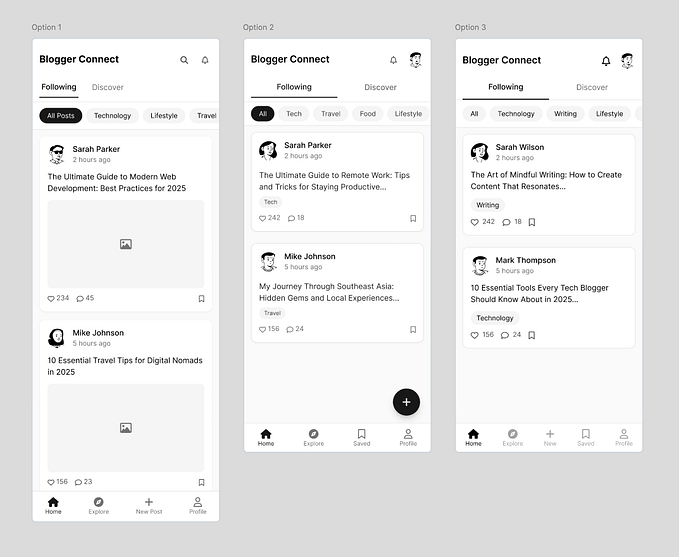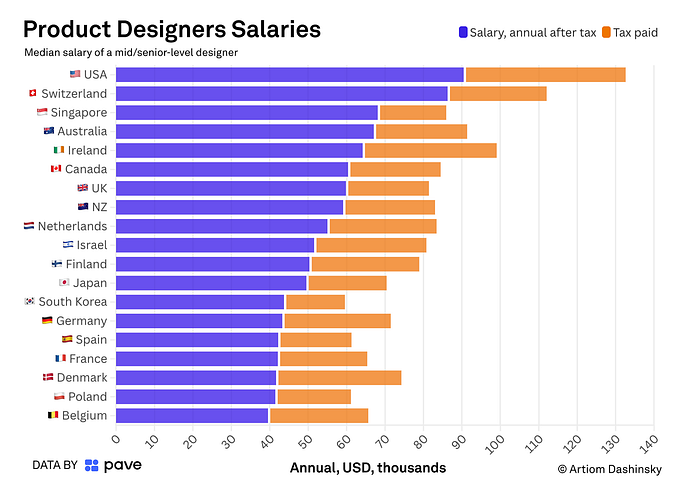How to build a Notion workspace that tells the story of your business
Notion is great — it’s a place to build a home for all the processes that you need to track, store and share, in a way where everything can talk to each other. If you’d like to ditch your clunky spreadsheets and docs and want better for your work, you can try it for free here*.
How Building a Notion Workspace/System is like storytelling
Building a Notion workspace can however be a bit daunting — there is definitely a method to the madness. Since 2019, I’ve been helping intentional thinkers and brands build Notion workspaces that they actually want to log into, that are equally beautiful as they are functional. I’m here to share a bit of my wisdom with you.

Today, I realised I’m not just a Certified Notion Consultant and Founder of The Notion Bar — what you would call one of the ‘OGs’ in the Notion world — I’m actually a storyteller. Essentially, don’t hire me as a Notion expert to build you a Notion workspace, hire me to tell the story of your business.
As I was scrolling through LinkedIn, I was listening to the latest The Business of Fashion podcast (one of my favourites) by Imran Amed, interviewing the amazing Es Devlin — renowned set designer and storyteller. I love listening to other design-thinkers, as intentionality is at the heart of what I do.
I instantly resonated with how Es describes the 460-degree approach to set-design, which she ultimately describes is just storytelling through intentional and immersive-environments.
Building a Notion workspace isn’t just about engineering database ecosystems or templates into a workspace so that you can organise your projects, processes and docs — it’s about weaving the narrative of you want your work to be.
Here’s a framework to help you intentionally build a Notion workspace for you and your processes/workflows.
Stage One | Clarity
What ARE your processes? What no longer sparks joy? Are you actually sure you care about tracking that thing, or did you just see it in a YouTube video?
At this stage, do a cross-section of your processes and figure out what you need to track, store and share. The aim is to only build what you need — down to the properties in your databases. Anything else is noise and will bloat your workspace.
Stage Two | Data

What do you need to track, store or share to be successful in your flow? How can we break this down into data that speaks to each other so that everything is coming from a single source of truth?
At this stage, construct your databases using relations, rollups and database automations where necessary. Put all your original databases in a database page with the views you might need.
Stage Three | Templates/Automations

What does the perfect page look and feel like to you? How can we reduce manual work so that you don’t have to set things up manually every time?
At this stage, construct your database templates, using self-referencing filters where necessary.
Stage Four | Dashboards

What is the information you need to see everyday? How do you need to see it? Where do you need to see it? Who gets access? How can we bring in your personal aesthetic so this is something you actually want to use ?
At this stage, construct your dashboards using linked databases of the views you created in Stage Two. Also add any non-database static information, such as text, images, textboxes etc. Additionally add ease data input points using buttons. Finally, remember to label your sidebar.
The benefits of building your Notion intentionally
Through this process, you ultimately orchestrate a bespoke and intentional environment where the things that should speak to each other do and the information you should see everyday is seen.
To not go through this cross-examination almost-always ends up with building a house you wish you never built, because you didn’t think about your needs *at all*, instead you just rushed through it.
With this bottom-up approach, from my own personal experiences, I’m constantly thinking about the end user and how they’re going to interact with the information — scroll time for mobile/desktop, future scalability, easy input points, creating hierarchy. Like set design, to build a good Notion workspace, you need to think about the data you’re architecting from every single angle.
How can I learn/get help with Notion?
I continue to do this job and have been in previous jobs because I like building wonderful for things for good people. If you need a hand to guide you through the Notion process, I’d happily apply the wisdom I’ve learnt helping 150+ clients to your own Notion story.
You can additionally be a self-starter with my beginner-friendly Notion course targeted at design-thinkers (3.5k+ students) and stay up-to-date with latest Notion community news and inspiration through my newsletter The Notion Zeitgeist.
*Remember, you can get started with Notion for free #NotionPartner











